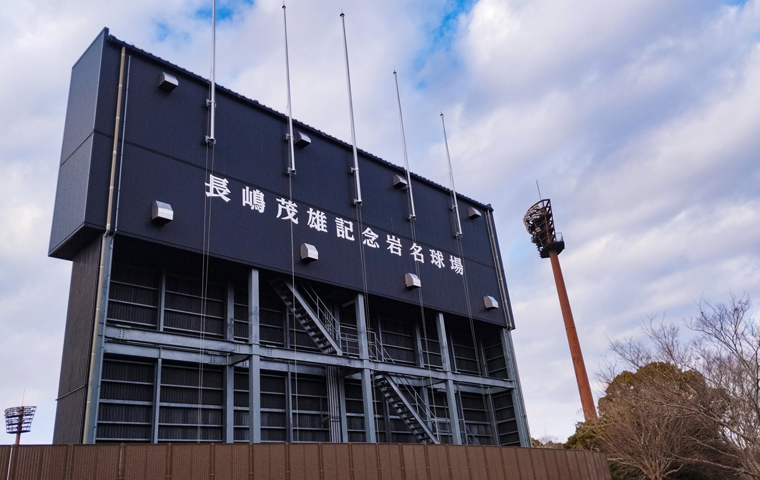Nintendo Switch 2: The Full Picture of Its Strategy
Related Articles
Since its release in 2017, the Nintendo Switch has sold over 146 million units worldwide, securing its place in gaming history. Now, its long-awaited successor—the Nintendo Switch 2—has finally been unveiled. In the Nintendo Direct presentation on April 2, 2025, Nintendo announced the console in detail and confirmed its official launch for June 5, 2025, priced at ¥49,980 (tax included). This announcement goes far beyond the introduction of a new product. Behind it lies a carefully crafted strategy, built on lessons from both past successes and failures, to secure Nintendo’s dominance for the next decade. This article analyzes the upcoming console’s technological innovations, market strategy, and even geopolitical risks, revealing the full scope of Nintendo’s next-generation ambitions.
“Evolution, Not Revolution”: Meeting User Expectations
The defining characteristic of the Nintendo Switch 2 is that it opts for “evolution,” not “revolution.” As its name suggests, the new hardware faithfully inherits the hybrid concept of its predecessor—playable as both a handheld and a home console. It maintains full backward compatibility with existing Nintendo Switch titles, both physical and digital. This design choice clearly stems from Nintendo’s careful study of its past missteps, particularly the confusing transition from Wii to Wii U, which caused market fragmentation and poor sales. One of the Wii U’s fatal flaws was its unclear naming and messaging, leaving consumers unsure how it differed from the Wii. This time, Nintendo avoids that confusion with a direct, easily understood title—“Switch 2”—and full software compatibility, effectively addressing the most common user concern: “Will my current games still work?”
The console itself is slightly larger, featuring an 8-inch LCD display, while the Joy-Con controllers have been upgraded from a slide-on mechanism to a more durable magnetic attachment system, improving build quality and user experience. These refinements demonstrate Nintendo’s commitment to a seamless transition—ensuring users can migrate smoothly to the new platform without losing their existing investment or familiarity.
Moving Beyond the Specs War: AI as the Key

In the modern gaming landscape, Sony’s PlayStation and Microsoft’s Xbox dominate through a “spec war” centered on graphical power. Nintendo, however, continues to chart a different course. According to analysts, the Switch 2’s raw performance roughly matches that of the PlayStation 4—far below the newest consoles. But that’s only part of the story.
Nintendo’s secret weapon is NVIDIA’s AI-based upscaling technology, DLSS (Deep Learning Super Sampling). This system renders games internally at a lower resolution, then uses AI to upscale them in real time to high-resolution output. As a result, even with modest hardware, the console can deliver 4K visuals in docked mode and high frame rates in handheld mode.
This approach represents Nintendo’s trademark blend of creativity and pragmatism—enhancing the visual experience through intelligent engineering rather than brute computational force. DLSS also enables a balance between two often conflicting goals: maintaining the ¥49,980 price point and preserving battery life for handheld play. It’s a conscious decision to step away from the costly, power-hungry arms race of raw performance and instead rely on “innovation through efficiency.”
A Rock-Solid Software Lineup: Breaking the Third-Party Barrier
Even the most impressive hardware cannot succeed without great software. Here, Nintendo’s launch strategy for the Switch 2 appears rock-solid. The console will debut alongside a new flagship title, Mario Kart World, ensuring massive initial demand from casual and core players alike.
More importantly, the Switch 2’s improved technical capabilities have drawn in major global third-party developers—a long-standing challenge for Nintendo platforms. Thanks to DLSS, the console can now support graphically demanding games like Cyberpunk 2077 and Elden Ring. This marks a historic breakthrough: overcoming the “third-party gap” that has traditionally limited Nintendo’s hardware appeal.
The combined offering of strong first-party franchises, AAA third-party titles, and a vast backward-compatible library forms a powerful “three-tiered arsenal.” From day one, the Switch 2 promises to be a highly attractive platform for gamers across all demographics.
Market Euphoria—and the Looming Shadow of Geopolitics

Analysts predict that the Nintendo Switch 2 will achieve record-breaking launch sales, surpassing even the PlayStation 5’s initial performance. Reports suggest Nintendo is preparing to produce up to 25 million units in its first year to meet soaring demand. Market expectations are sky-high, and most analysts agree that the new console will deliver a significant boost to Nintendo’s financial performance.
Yet beneath this optimism lies a major external risk: the possible resurgence of protectionist U.S. trade policies, the so-called “Trump Tariffs.” Some forecasts warn of potential “reciprocal tariffs” of up to 24% on Japanese imports. If enacted, the Switch 2’s price—around $450 USD—could jump by over $100, severely undercutting its price competitiveness.
Nintendo’s global supply chain, spanning multiple countries for component sourcing, manufacturing, and assembly, makes it especially vulnerable. Any tariff escalation targeting specific nations or parts could disrupt its entire production plan.
While Nintendo has meticulously prepared every controllable factor—from product design to marketing—the company cannot shield itself from the unpredictable shifts in international politics that define today’s globalized economy. The fate of the Nintendo Switch 2 will depend not only on the dynamics of the gaming market, but also on the direction of world affairs.



